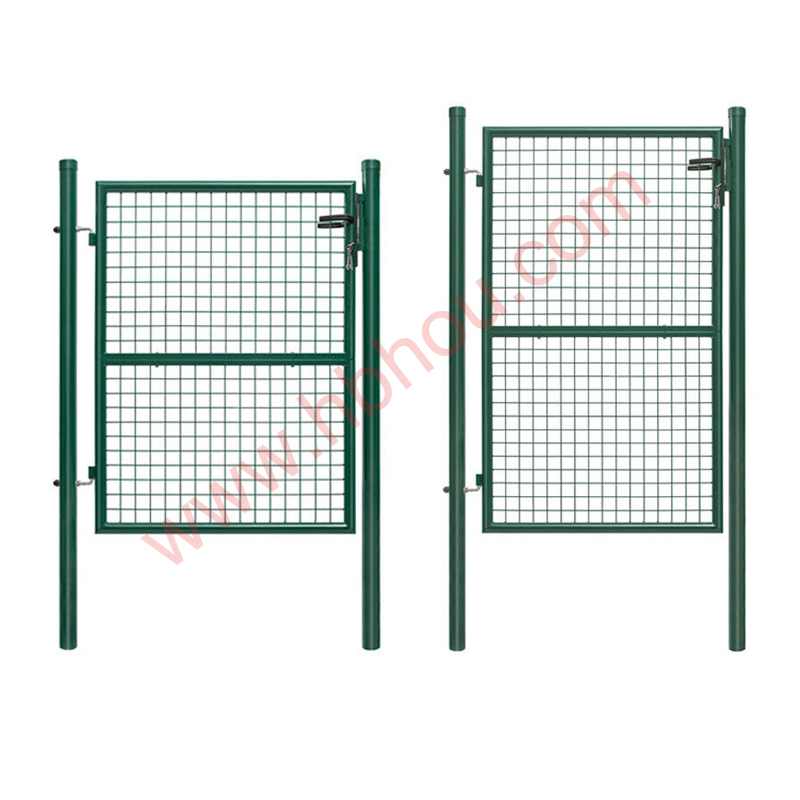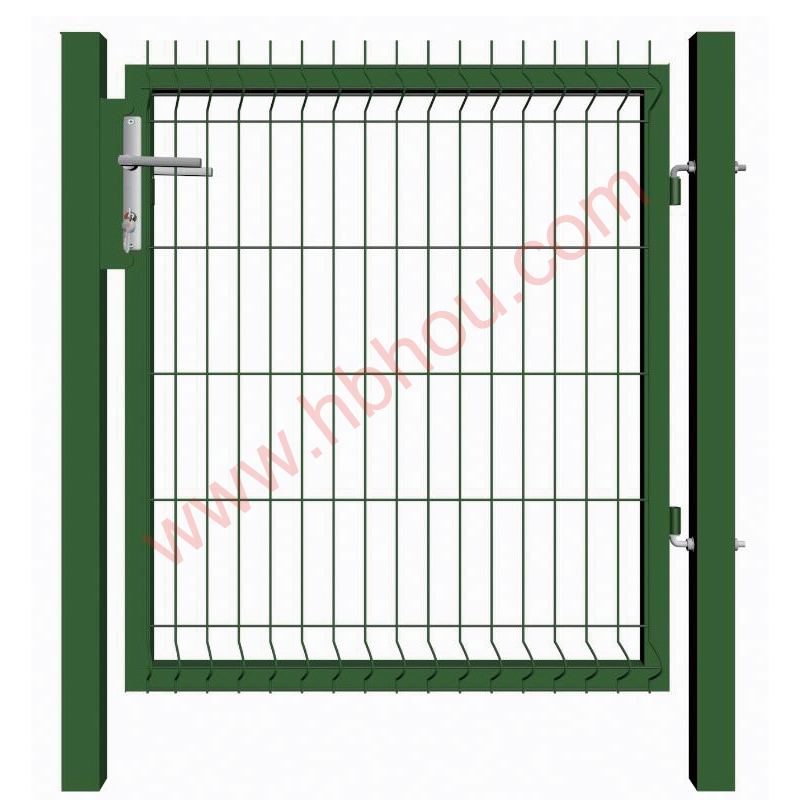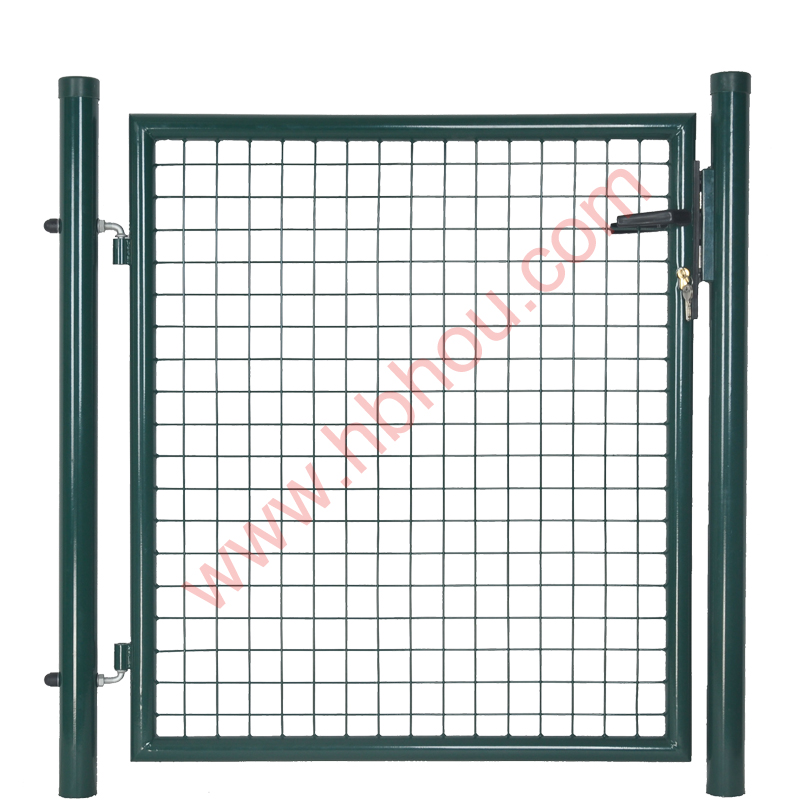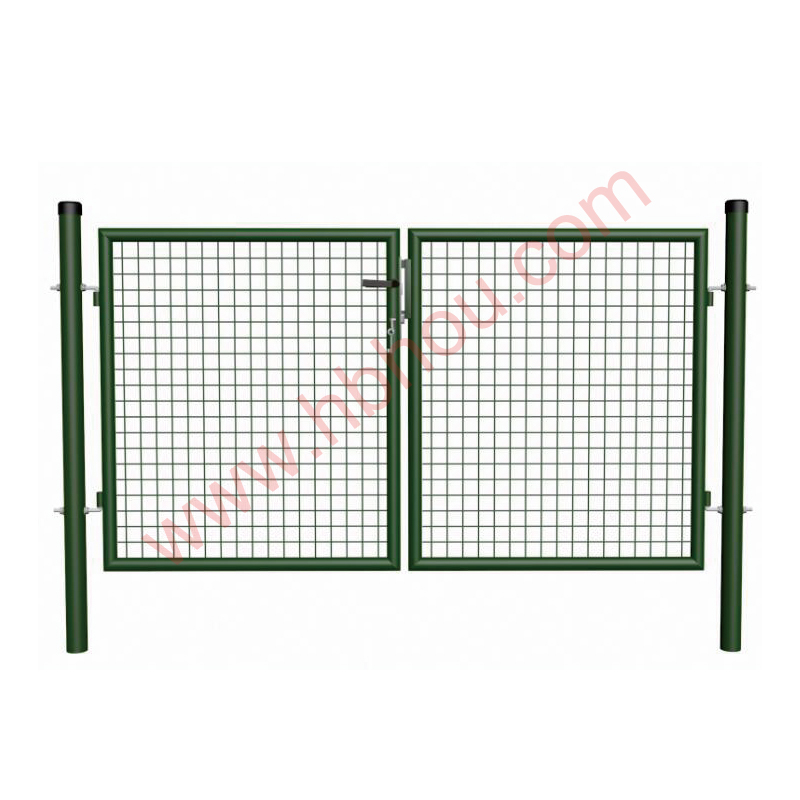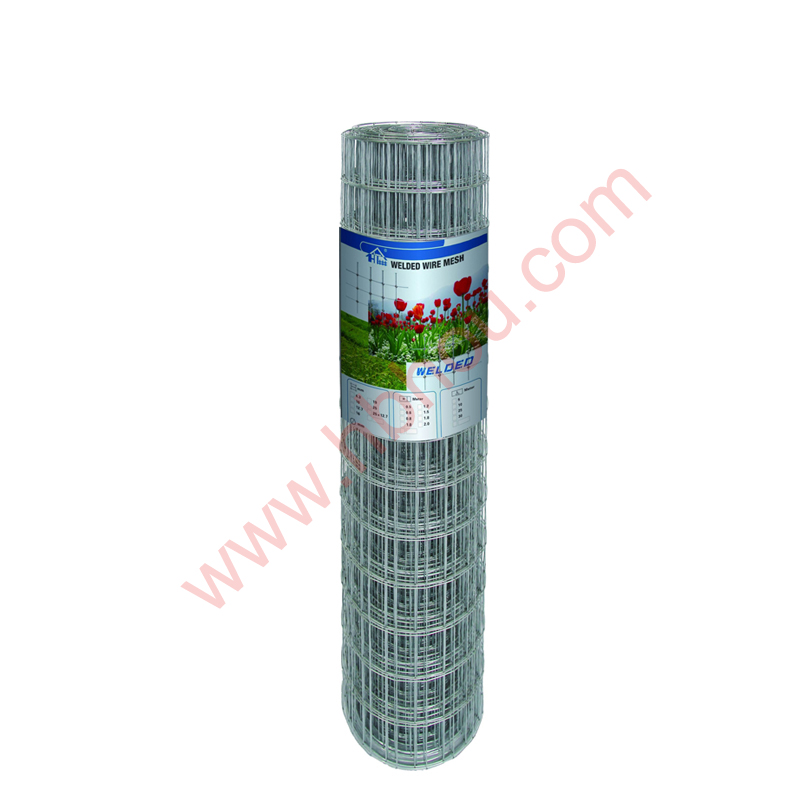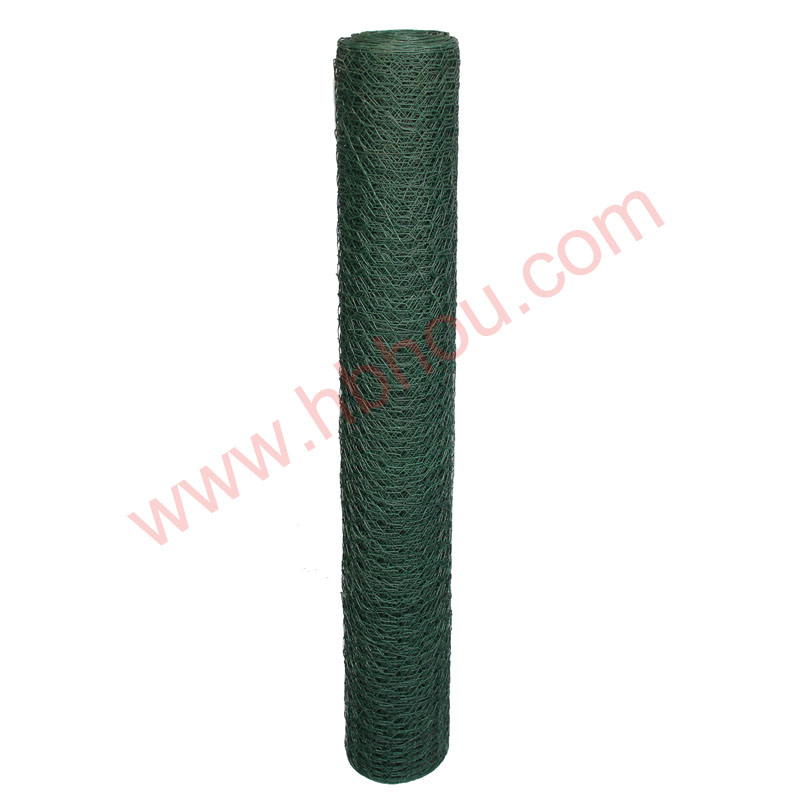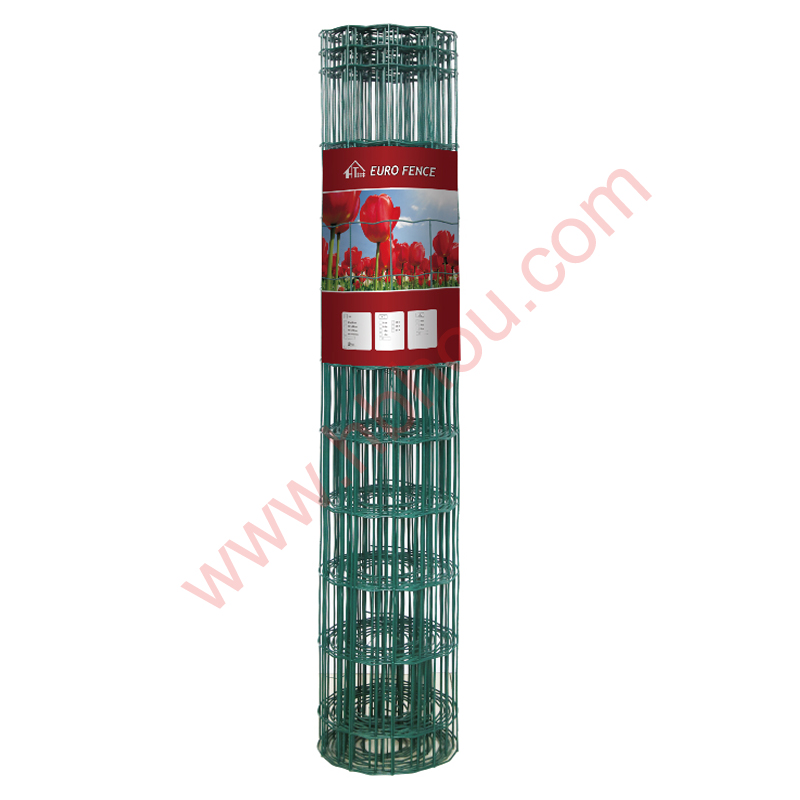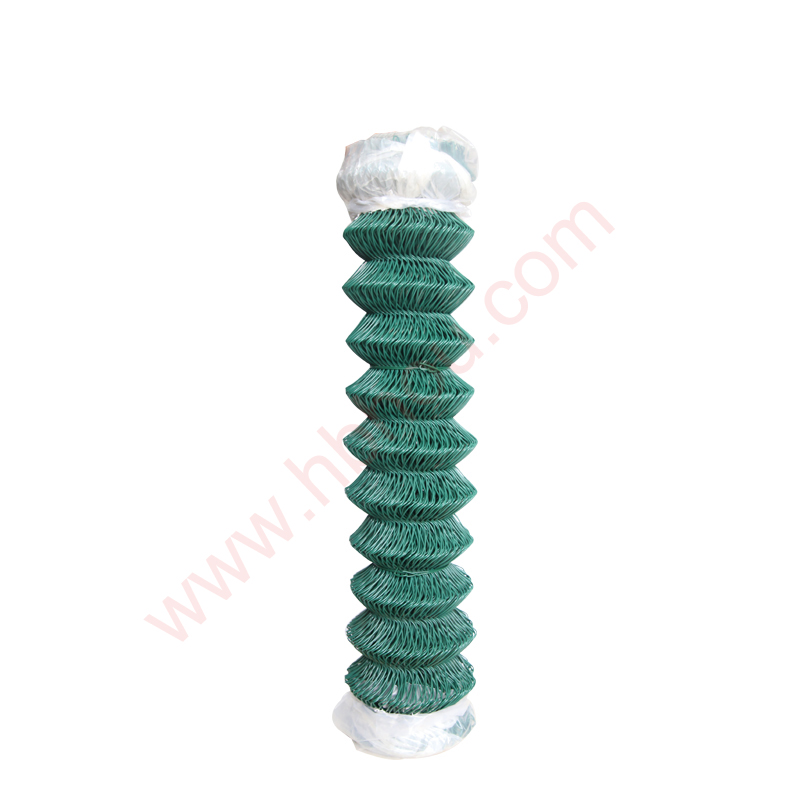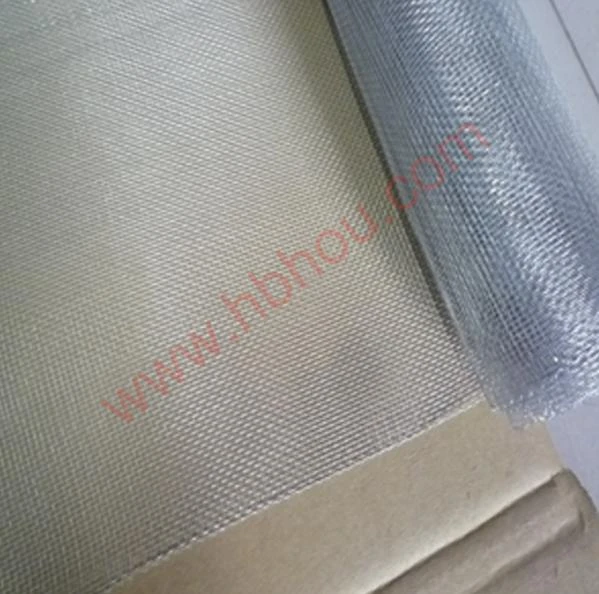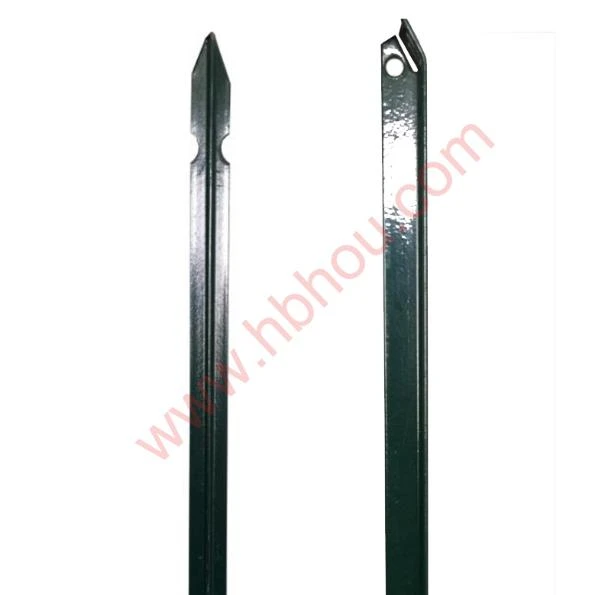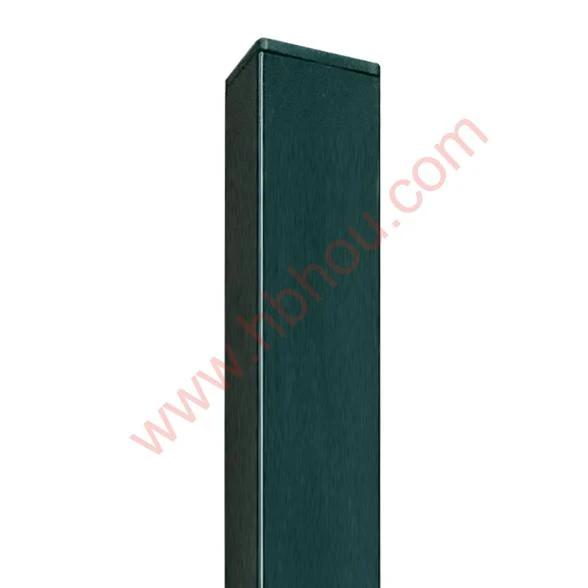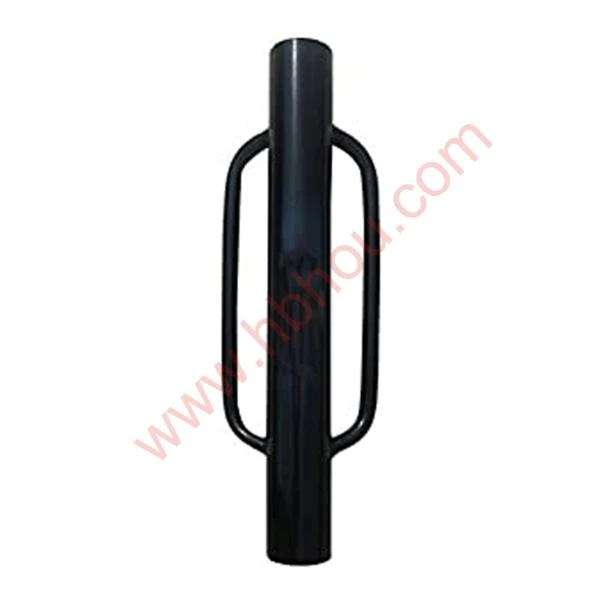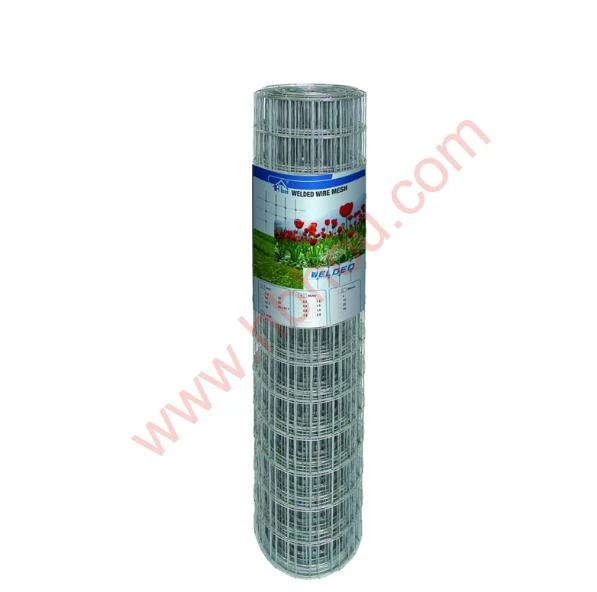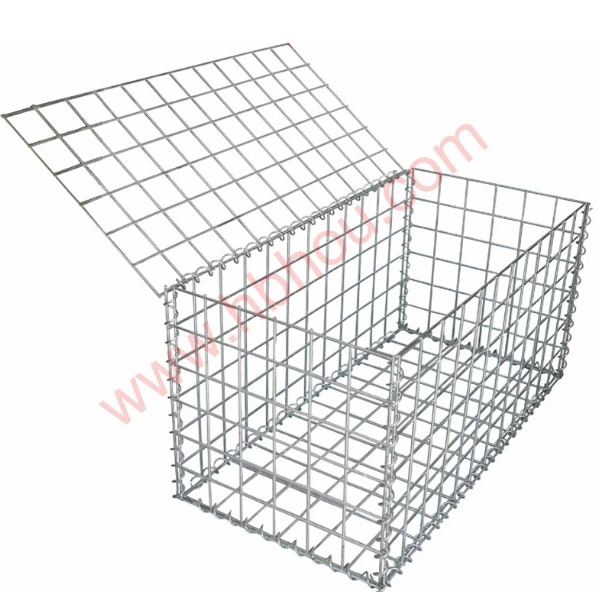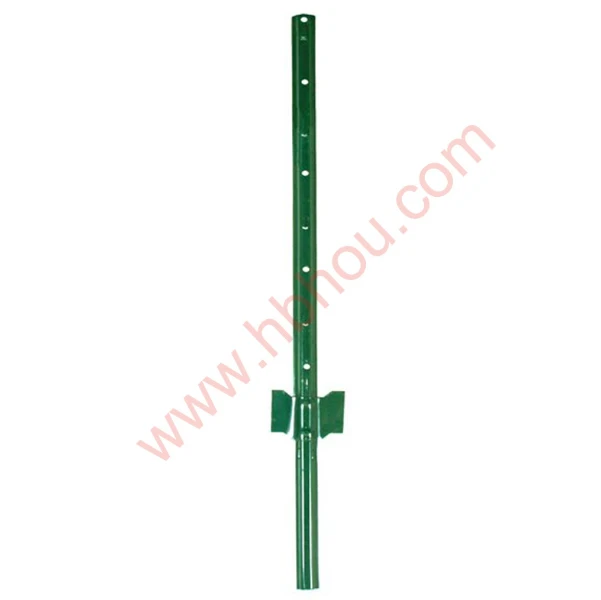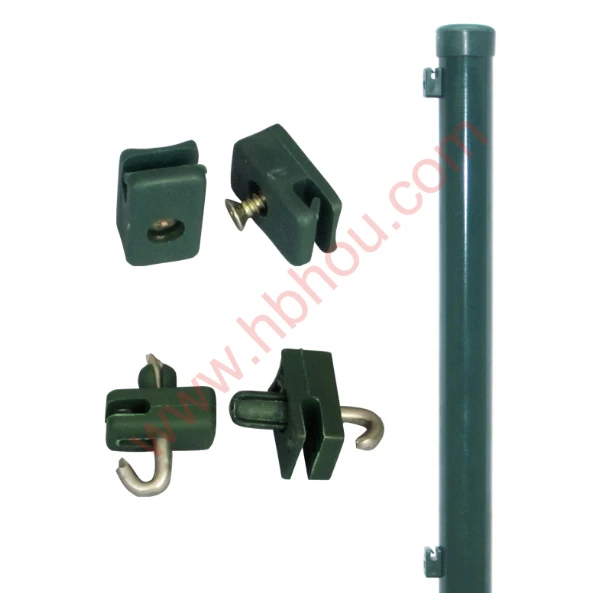In the vast landscape of industrial materials, bailing wire stands out as an indispensable component. Essential for compaction, bundling, and secure fastening across numerous sectors, its utility spans from recycling facilities handling cardboard bailing wire to heavy industries requiring robust stainless steel bailing wire. This comprehensive guide delves deep into the world of bailing wire, exploring its evolving trends, intricate technical specifications, diverse application scenarios, and the critical advantages it offers. We will provide a thorough overview of its manufacturing processes, highlight key product parameters, and discuss how specialized variants like 12 gauge bailing wire and 14 gauge bailing wire cater to specific industrial demands. Our aim is to equip you with expert knowledge, fostering a profound understanding of this fundamental material and establishing its pivotal role in modern industrial operations.
Industry Trends and the Evolving Landscape of Bailing Wire
The demand for bailing wire is inextricably linked to global recycling efforts, waste management practices, and commodity processing. As industries increasingly adopt sustainable practices and strive for greater efficiency in material handling, the market for bailing wire continues to expand and diversify. Key trends shaping this industry include:
- Sustainability Focus: A significant shift towards environmentally friendly materials and processes is driving the demand for recyclable bailing wire and more efficient baling systems. This includes wires with optimized material content for easier post-use recycling.
- Automation Integration: The rise of automated baling presses and compactors in recycling centers and manufacturing plants necessitates consistent, high-quality bailing wire that can feed smoothly and withstand rapid operation cycles.
- Material Specialization: Beyond standard galvanized steel, there's growing interest in specialized variants such as stainless steel bailing wire for corrosive environments and high-strength options for extremely dense bales.
- Digitalization and Supply Chain Optimization: Advanced logistics and digital tracking are improving the efficiency of bailing wire procurement and delivery, ensuring consistent supply for large-scale operations.
- Emerging Markets Growth: Rapid industrialization and urbanization in developing economies are fueling an increased need for effective waste management solutions, thereby boosting the consumption of bailing wire.
According to a report by Grand View Research, the global wire and wire products market size was valued at USD 248.6 billion in 2022 and is projected to grow at a compound annual growth rate (CAGR) of 5.5% from 2023 to 2030. While not specific to bailing wire, this trend underscores the broader growth in wire-related industries, with bailing wire representing a crucial segment driven by increasing recycling rates and industrial production worldwide.
Technical Deep Dive: Parameters and Specifications of Bailing Wire
The performance and suitability of bailing wire for a given application are determined by a range of critical technical parameters. Understanding these specifications is paramount for selecting the correct wire, ensuring bale integrity, and maximizing operational efficiency. Key parameters include:
- Gauge (Wire Diameter): Measured by the American Wire Gauge (AWG) or imperial/metric equivalents. Common gauges for baling include 12 gauge bailing wire (approx. 0.105 inches or 2.67 mm) and 14 gauge bailing wire (approx. 0.080 inches or 2.03 mm), indicating thicker and thinner wires respectively. Thicker gauges offer higher tensile strength.
- Material Composition: Primarily low-carbon steel for ductility and ease of processing. High-carbon steel variants exist for higher strength requirements. For specialized applications like those in marine environments or chemical processing, stainless steel bailing wire (e.g., SS304 or SS316) is used for superior corrosion resistance.
- Tensile Strength: The maximum stress a wire can withstand before breaking, typically measured in pounds per square inch (psi) or megapascals (MPa). Higher tensile strength is critical for compacting dense materials like metals or plastics.
- Yield Strength: The stress at which the wire begins to deform plastically. Important for ensuring the wire holds its shape and tension once applied to a bale.
- Elongation: The percentage by which a wire can stretch before breaking. A certain degree of elongation (ductility) is desirable to prevent brittle failure under stress.
- Surface Finish:
- Black Annealed Wire: Untreated, offers good ductility, often used for general-purpose baling where rust is not a major concern.
- Galvanized Wire: Coated with a layer of zinc to provide excellent corrosion resistance, extending the wire's lifespan, especially in damp or outdoor environments. This is crucial for applications like cardboard bailing wire where moisture might be present.
- PVC Coated Wire: Offers enhanced corrosion resistance and color coding for specific applications, though less common for heavy-duty baling.
- Coil Size/Packaging: Wires are supplied in various forms such as cut-and-loop, single loop, straight and cut, or large coils (spools, carriers, stem packs) suitable for automatic balers.
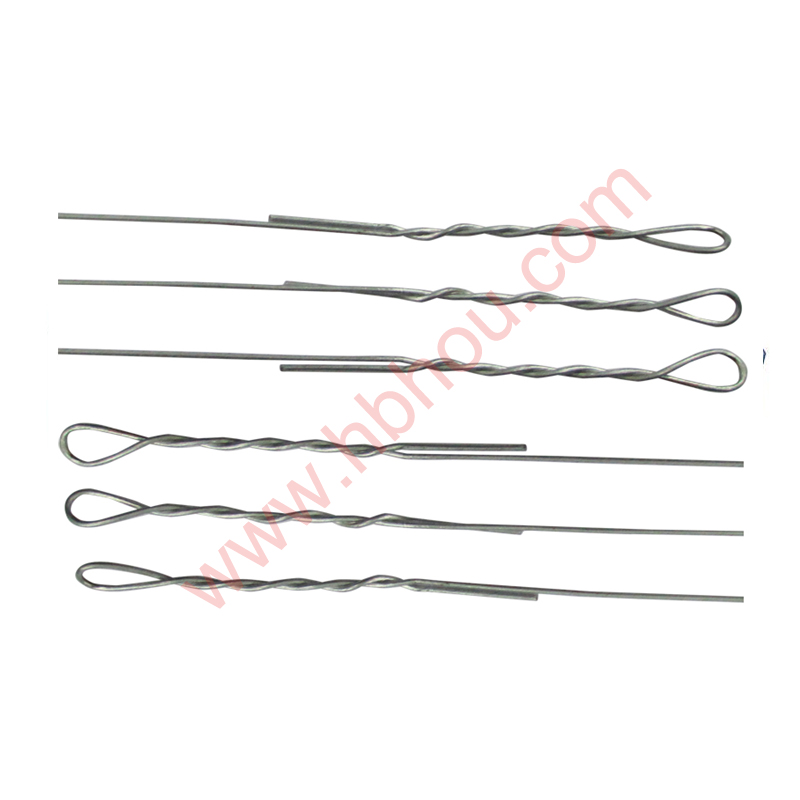
Image 1: Diverse applications of bailing wire in various industrial settings, highlighting its critical role in waste compaction and material handling.
Key Product Specifications for Bailing Wire (Example)
| Parameter | Standard Range / Typical Values | Significance |
|---|---|---|
| Wire Gauge (AWG) | 8 GA - 15 GA (e.g., 12 gauge bailing wire, 14 gauge bailing wire) | Determines wire strength and suitability for bale density. Lower gauge = thicker wire. |
| Diameter (mm / inch) | 2.0 mm - 4.1 mm (0.080" - 0.162") | Direct measurement of wire thickness, correlating to gauge. |
| Material Type | Low Carbon Steel, Medium Carbon Steel, Stainless Steel (SS304, SS316) | Influences strength, ductility, and corrosion resistance. |
| Tensile Strength (MPa / PSI) | 350-600 MPa (50,000-87,000 PSI) for annealed; up to 900 MPa for high-tensile | Maximum load before breaking. Crucial for bale integrity. |
| Yield Strength (MPa / PSI) | 250-450 MPa (36,000-65,000 PSI) | Load at which permanent deformation begins. Affects bale retention. |
| Elongation (%) | 10% - 25% | Measure of ductility, preventing brittle failure. Higher is generally better for dynamic loads. |
| Surface Finish | Black Annealed, Electro Galvanized, Hot-Dip Galvanized | Protection against corrosion, impacting lifespan and specific environmental use. |
| Coil Weight / Type | 50 lbs - 2000 lbs (various forms: spool, stem, cut-and-loop) | Dictates suitability for manual vs. automatic baling machines and logistical handling. |
The Manufacturing Process of Bailing Wire
The production of high-quality bailing wire is a precise engineering process, ensuring uniformity, strength, and durability. While specific details may vary between manufacturers, the general workflow involves several critical stages, transforming raw steel into finished wire products like Bailing Wire, Twist Wire, Spool Wire, Bundle Use Material And Others.
Manufacturing Process Flow: From Rod to Ready-to-Use Wire
- Electro Galvanizing: The wire passes through an electrolyte bath where a thin layer of zinc is electrochemically deposited onto its surface.
- Hot-Dip Galvanizing: The wire is immersed in a bath of molten zinc. This creates a thicker, more durable zinc coating, offering superior corrosion resistance, critical for applications like cardboard bailing wire exposed to varying conditions.
Throughout the manufacturing process, strict adherence to quality control is maintained, with automated systems and manual inspections ensuring that each batch of bailing wire meets stringent industry standards for consistency, strength, and durability. This commitment guarantees an optimal service life and reliable performance in demanding industrial environments.
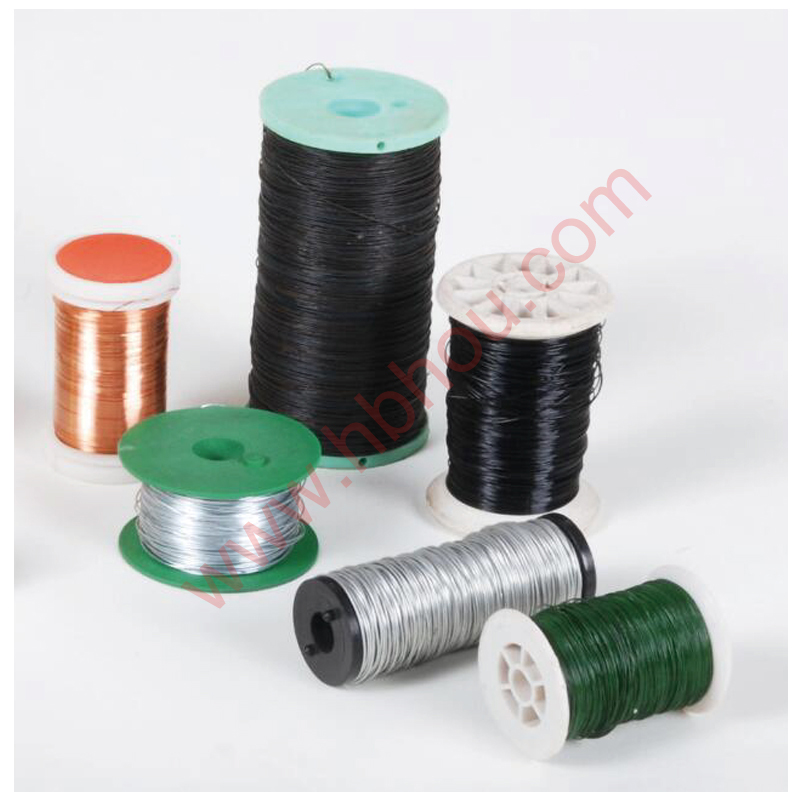
Image 2: An automated baling machine efficiently securing bales with high-quality bailing wire, demonstrating reliability in high-volume operations.
Application Scenarios and Industry Advantages
The versatility of bailing wire makes it indispensable across a multitude of industries. Its primary function is to compress and secure various materials into compact, manageable bales for efficient storage, transport, and recycling. From lightweight waste to heavy industrial scraps, the correct type of bailing wire ensures optimal performance.
Recycling and Waste Management:
This is arguably the largest application sector. Bailing wire is critical for compacting:
- Cardboard Bailing Wire: Used extensively in supermarkets, factories, and municipal recycling centers to bale corrugated cardboard, reducing volume significantly and streamlining logistics.
- Plastics: PET bottles, HDPE container111s, plastic films are baled to prepare them for reprocessing.
- Paper: Newspapers, magazines, mixed paper, and office waste are tightly bound for easier handling and transport to paper mills.
- Textiles: Used in garment factories and recycling centers to bundle scrap fabric and used clothing.
- Aluminum and Steel Cans: Smaller gauge wire can be used for light metal compaction.
Agriculture:
While often associated with baling hay and straw (where specialized baler twine is common), certain types of bailing wire can be used for bundling agricultural waste, fencing repairs, or securing trellises, particularly in more robust applications requiring higher tensile strength.
Construction and Demolition:
Used for bundling rebar, securing scaffolding components, or compacting construction debris like plastic sheeting, insulation, and light metals for disposal or recycling. The durability of 12 gauge bailing wire or 14 gauge bailing wire is often favored here.
Manufacturing and Warehousing:
In manufacturing facilities, bailing wire helps manage industrial scrap (e.g., metal shavings, plastic offcuts) and packaging waste. In warehouses, it's used for securing packages or palletizing goods for internal movement or shipment. Stainless steel bailing wire might be employed in food processing or pharmaceutical manufacturing where hygiene and corrosion resistance are paramount.
Technical Advantages of Quality Bailing Wire
Investing in high-quality bailing wire yields significant operational advantages:
- Optimized Compaction: High tensile strength wire (e.g., from our product range like Bailing Wire, Twist Wire, Spool Wire, Bundle Use Material And Others) ensures bales remain tightly compressed, maximizing storage capacity and minimizing transportation costs. This directly translates to energy savings in logistics.
- Enhanced Durability & Longevity: Galvanized and stainless steel bailing wire offer superior resistance to corrosion, crucial in environments exposed to moisture, chemicals, or outdoor elements. This extends the lifespan of the wire in application and reduces replacement frequency.
- Reduced Downtime: Consistent wire diameter and material properties prevent jams and breakages in automated baling machines, leading to smoother operations and less maintenance-related downtime.
- Increased Safety: Strong, reliable wire prevents bales from bursting, which is a significant safety hazard during handling and transport.
- Cost Efficiency: While initial investment in quality wire might be slightly higher, its longer lifespan, reduced breakages, and improved compaction efficiency lead to overall cost savings in the long run.
Manufacturer Comparison and Choosing the Right Partner
Selecting the right supplier for your bailing wire needs is a strategic decision that impacts operational efficiency, cost-effectiveness, and product reliability. When evaluating manufacturers, consider the following key aspects:
| Feature/Criterion | Our Company's Commitment (Example) | Typical Industry Standard |
|---|---|---|
| Material Sourcing & Quality | Utilizes premium-grade, certified low-carbon and stainless steel rods from reputable global mills, ensuring adherence to ASTM A510/A580. | Varies; some may use lower-cost, less consistent materials. |
| Manufacturing Process | Advanced wire drawing lines, controlled annealing furnaces, and state-of-the-art hot-dip and electro-galvanizing facilities. ISO 9001 certified. | Traditional methods, potentially less precise quality control. |
| Product Range | Comprehensive offerings: Black annealed, galvanized, stainless steel bailing wire in gauges from 8 to 16 GA (including 12 gauge bailing wire and 14 gauge bailing wire), various coil weights, and custom cut & loop options. | Limited to common types/gauges, less specialized options. |
| Customization Capabilities | Extensive capacity for custom wire diameters, tensile strengths, coating thicknesses, and unique packaging solutions to meet specific client machine requirements. | Minimal customization, standard products only. |
| Quality Control & Testing | Rigorous in-house testing: tensile strength, yield point, elongation, galvanization thickness, chemical composition. Batch traceability maintained. Complies with ASTM, ANSI standards. | Basic sampling tests; reliance on material supplier certifications. |
| Certifications & Compliance | ISO 9001:2015 certified; products meet ASTM, ANSI, and often specific regional standards (e.g., DIN, JIS). Commitment to environmental standards. | May have basic certifications, or none relevant to specific product quality. |
| Technical Support & R&D | Dedicated engineering team for technical consultation, application guidance, and continuous product improvement based on market feedback. | Limited or no dedicated technical support beyond sales. |
| Lead Times & Supply Chain | Optimized production schedules and robust logistics network for reliable, on-time delivery globally. Emergency order capacity. | Potentially longer, less predictable lead times due to capacity constraints. |
| Post-Sales Service & Warranty | Comprehensive warranty against manufacturing defects, responsive customer service for inquiries, and detailed usage guidelines. | Limited warranty, minimal post-sales engagement. |
As a leading supplier of Bailing Wire, Twist Wire, Spool Wire, Bundle Use Material And Others, we pride ourselves on a commitment to superior quality, technological innovation, and unparalleled customer service. Our decades of experience in the wire manufacturing industry (since our inception as HB Hou Wire Mesh Co., Ltd., which has grown to be a prominent name) underpin our authority and trustworthiness in providing reliable solutions for even the most demanding applications. We consistently meet and exceed international standards, providing products trusted by clients across various industries including recycling, agriculture, construction, and manufacturing.
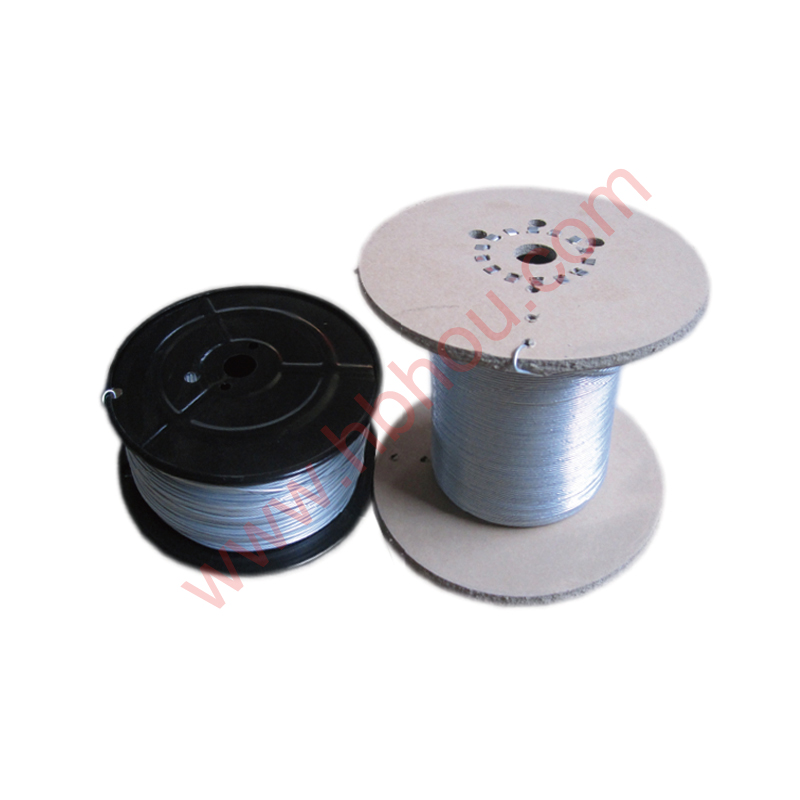
Image 3: Close-up of stainless steel bailing wire showcasing its robust construction, ideal for harsh and corrosive industrial settings.
Custom Solutions and Tailored Bailing Wire Programs
Recognizing that no two industrial applications are identical, we specialize in providing bespoke bailing wire solutions. Our engineering team collaborates closely with clients to understand their specific machinery, material types, and operational environments, designing wire products that offer optimal performance and cost-efficiency. This includes:
- Specific Gauge & Strength Customization: Tailoring wire diameter and tensile strength to match the exact requirements of your baling machinery and the density of the material being baled. For instance, a facility baling dense plastics might require a higher tensile 12 gauge bailing wire, while light cardboard bailing wire might suffice with a 14 gauge bailing wire or even higher.
- Coating & Material Selection: Advising on the most appropriate surface finish (black annealed, electro-galvanized, hot-dip galvanized) or material (standard carbon steel, stainless steel bailing wire) based on environmental factors like humidity, chemical exposure, or outdoor storage.
- Packaging & Delivery Formats: Providing wires in custom coil sizes, spool weights, or specific cut-and-loop dimensions to perfectly fit your automatic balers or manual operations, minimizing waste and maximizing feed efficiency.
- Logistical Optimization: Working with clients to establish consistent supply chains, managing inventory, and ensuring just-in-time delivery to prevent stockouts and maintain continuous operations.
Our commitment to custom solutions extends to continuous technical support, ensuring seamless integration of our products into your existing systems and addressing any operational challenges that may arise.
Real-World Application Cases: Bailing Wire in Action
The practical impact of reliable bailing wire is best illustrated through real-world applications where it significantly contributes to efficiency, safety, and profitability.
Case Study 1: Large-Scale Recycling Facility – Optimizing Cardboard Baling
A major municipal recycling center, processing thousands of tons of paper and cardboard bailing wire daily, faced frequent downtime due to inconsistent wire breaking and machine jams. Their existing wire often failed under pressure, leading to loose bales and logistical inefficiencies. After consulting with our experts, they switched to a custom-specified 12 gauge bailing wire with enhanced tensile strength and a specialized hot-dip galvanized coating for improved corrosion resistance against moisture in the cardboard. The result: a 30% reduction in wire breakages, a 15% increase in baling speed, and significantly tighter, more stable bales, reducing transport costs by allowing more material per truckload. The facility reported a significant improvement in overall operational throughput and employee safety, along with an estimated 25% reduction in annual wire-related maintenance costs.
Case Study 2: Industrial Metal Scrap Processing – The Power of Stainless Steel Bailing Wire
An industrial plant specializing in reprocessing metal scraps (including aluminum and light steel) required a robust solution for baling highly abrasive and occasionally moist materials. Standard galvanized wire showed accelerated wear and corrosion. Our team recommended a premium stainless steel bailing wire (Grade SS304) specifically engineered for high tensile strength and superior corrosion resistance. Despite a higher per-unit cost, the longevity of the stainless steel bailing wire was five times that of the previous wire, leading to substantial long-term savings in material replacement and labor. Furthermore, the robust nature of the stainless wire enabled more compact, denser bales of scrap metal, maximizing furnace loading efficiency in downstream processes.
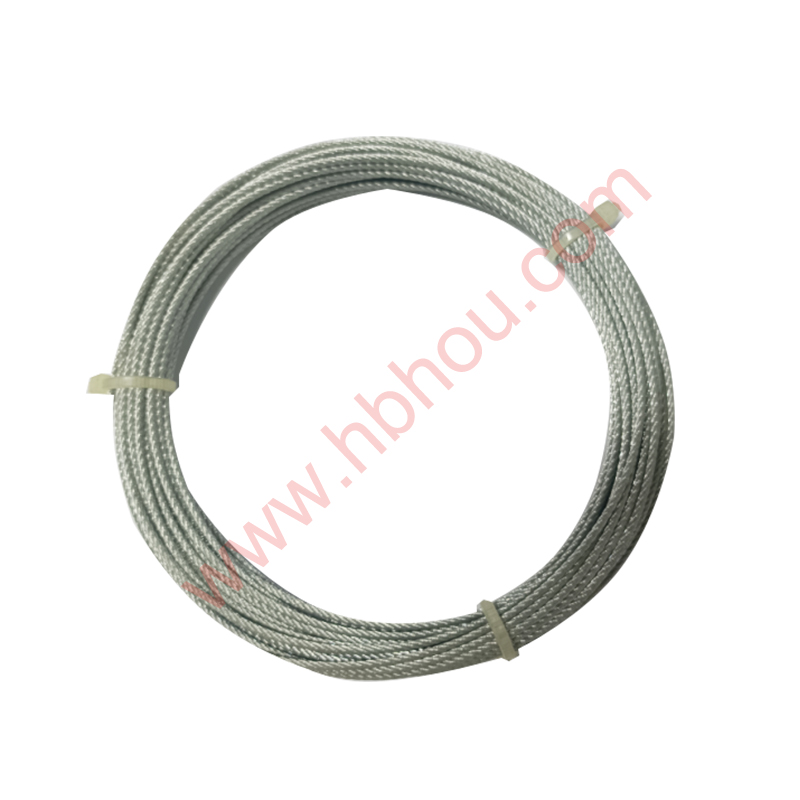
Image 4: Perfectly secured bales of recycled materials, demonstrating the strength and reliability of high-quality bailing wire in preparation for efficient transportation.
Commitment to : Expertise, Experience, Authoritativeness, and Trustworthiness
Our commitment to excellence is deeply rooted in the Google (Expertise, Experience, Authoritativeness, Trustworthiness) framework. We strive to provide not just products, but also comprehensive knowledge and reliable support.
Expertise:
With decades of focused experience in wire manufacturing, our technical team possesses unparalleled expertise in metallurgy, wire drawing, and surface treatments. We understand the nuanced properties of various steel alloys and coatings, enabling us to engineer bailing wire that performs optimally under specific operational stresses. Our product descriptions, like those for our Bailing Wire, Twist Wire, Spool Wire, Bundle Use Material And Others, are meticulously detailed, reflecting deep technical understanding and providing transparent insights into material composition, tensile strength, and application guidelines.
Experience:
Our extensive portfolio of successful client engagements spans diverse industries globally. From implementing large-scale cardboard bailing wire solutions for international logistics hubs to providing custom stainless steel bailing wire for specialized chemical plants, our practical experience is vast. We leverage client feedback and real-world performance data to continuously refine our products and services, ensuring they meet and exceed evolving industry demands. Our service cases demonstrate our capability to solve complex industrial challenges with practical, effective bailing wire solutions.
Authoritativeness:
Our company's standing as a reputable manufacturer is bolstered by adherence to global quality standards. We are ISO 9001:2015 certified, signifying our commitment to robust quality management systems. Our products consistently meet and often surpass specifications set by recognized bodies such as ASTM International and ANSI. We are proud partners with industry leaders and have served major corporations, which attests to our authoritative position in the bailing wire market. We regularly contribute to industry discussions and uphold best practices in wire manufacturing.
Trustworthiness:
Transparency, reliability, and customer satisfaction form the bedrock of our operations. We offer clear warranty policies for our bailing wire products, providing assurance against manufacturing defects. Our delivery cycles are meticulously managed to ensure timely arrival, supported by a responsive customer service team available for any inquiries or support needs. We provide detailed product documentation, safety data sheets, and comprehensive technical support to ensure our clients have all necessary information for safe and efficient use of our bailing wire.
Frequently Asked Questions (FAQ) about Bailing Wire
Q1: What is the primary difference between 12 gauge bailing wire and 14 gauge bailing wire?
A: The primary difference lies in their diameter and strength. 12 gauge bailing wire is thicker (approx. 0.105 inches or 2.67 mm) and therefore offers higher tensile strength, making it suitable for baling denser, heavier materials like plastics, rubber, or metal scraps. 14 gauge bailing wire is thinner (approx. 0.080 inches or 2.03 mm) and is generally used for lighter, less dense materials such as cardboard, paper, or textiles. The choice depends on the baling machine's requirements and the material's compaction needs.
Q2: Why choose stainless steel bailing wire over galvanized wire?
A: Stainless steel bailing wire is chosen for applications where superior corrosion resistance is critical, particularly in highly corrosive environments like those with exposure to certain chemicals, saltwater, or extreme humidity. While galvanized wire offers good corrosion protection via a zinc coating, stainless steel provides inherent, long-lasting resistance throughout its structure, making it ideal for food processing, marine, or specialized industrial waste baling where hygiene and longevity are paramount.
Q3: What are the main types of finishes for bailing wire and their uses?
A: The main finishes are Black Annealed and Galvanized. Black Annealed bailing wire is softer and more ductile, ideal for manual tying and general-purpose baling where rust is not a significant concern. Galvanized bailing wire (either electro-galvanized or hot-dip galvanized) has a protective zinc coating, offering excellent corrosion resistance, which is crucial for outdoor storage, damp environments, or baling materials like cardboard bailing wire that may contain moisture.
Q4: How does wire elongation affect its performance in baling?
A: Elongation refers to the wire's ability to stretch before breaking. A moderate degree of elongation (ductility) is beneficial as it allows the wire to absorb sudden stresses or shifts in the bale without snapping. Too little elongation can lead to brittle failure, especially under dynamic loads or when bales settle. Conversely, excessive elongation might mean the wire stretches too much and doesn't hold the bale tightly enough.
Q5: Can bailing wire be used in automated balers?
A: Yes, absolutely. Many types of bailing wire are specifically designed for automated baling machines, including Bailing Wire, Twist Wire, Spool Wire, Bundle Use Material And Others supplied in large, continuous coils (e.g., stem packs or spools). These wires feature precise diameter consistency and smooth finishes to ensure seamless feeding and minimal jams within the baler's tying mechanism, optimizing machine uptime and efficiency.
Q6: What inspection standards should I look for when purchasing bailing wire?
A: Key international standards include ASTM International (e.g., ASTM A510 for steel rod, ASTM A641 for galvanized wire), ANSI (American National Standards Institute), and ISO (International Organization for Standardization), particularly ISO 9001 for quality management systems. Manufacturers adhering to these standards demonstrate a commitment to consistent product quality, material integrity, and reliable performance.
Q7: What is the typical service life of bailing wire?
A: The service life of bailing wire primarily refers to its performance in holding a bale securely rather than the wire itself degrading while in use. Its "life" ends once the bale is opened or processed. However, if stored properly, un-used bailing wire (especially galvanized or stainless steel) has a very long shelf life, retaining its properties for years. The key is to select a wire with appropriate tensile strength and corrosion resistance for the specific application and environmental conditions to ensure the bale remains intact during its entire lifecycle of storage and transport.
Delivery Cycle and Warranty Commitment
We understand the critical importance of timely delivery for industrial operations. Our standard delivery cycle for stock bailing wire products typically ranges from 5-7 business days within regional hubs, with international shipments varying based on destination and customs. For custom orders, a detailed production and delivery schedule is provided upon order confirmation. We maintain robust inventory levels of popular gauges like 12 gauge bailing wire and 14 gauge bailing wire to facilitate rapid dispatch.
All our products, including Bailing Wire, Twist Wire, Spool Wire, Bundle Use Material And Others, come with a comprehensive warranty against manufacturing defects. This warranty covers material integrity and specified mechanical properties under normal usage conditions. Our commitment is to ensure your complete satisfaction and provide immediate support in the rare event of a product issue.
Expert Tip: When sourcing bailing wire, always request certifications and test reports that confirm adherence to recognized industry standards (e.g., ASTM F2278 for baling wire). This not only ensures product quality but also validates the manufacturer's commitment to excellence and compliance, significantly enhancing your operational safety and efficiency.
Conclusion: The Enduring Importance of Quality Bailing Wire
From revolutionizing waste management with efficient cardboard bailing wire to safeguarding critical components with robust stainless steel bailing wire, this seemingly simple product plays a complex and vital role in modern industry. Its evolution, driven by advancements in material science and manufacturing precision, ensures that it continues to meet the ever-growing demands for efficiency, sustainability, and safety across diverse sectors. Understanding the technical nuances, such as the implications of choosing between 12 gauge bailing wire and 14 gauge bailing wire, and the benefits of specific coatings, empowers businesses to make informed decisions that directly impact their bottom line and environmental footprint.
As industries continue to globalize and environmental regulations tighten, the strategic selection of high-quality Bailing Wire, Twist Wire, Spool Wire, Bundle Use Material And Others will remain paramount. By partnering with authoritative manufacturers who prioritize expertise, offer extensive experience, and operate with unwavering trustworthiness, companies can secure their material handling processes, enhance operational efficiency, and contribute to a more sustainable future.
References and Further Reading:
- Grand View Research. "Wire and Wire Products Market Size, Share & Trends Analysis Report." 2023. https://www.grandviewresearch.com/industry-analysis/wire-wire-products-market
- ASTM International. "Standard Specifications for Steel Wire Rods, Alloy, Carbon, for Drawing Applications." ASTM A510/A510M. https://www.astm.org/a0510_a0510m.htm
- Recycling Today Magazine. "The Science of Baling Wire: How Wire Gauge and Strength Affect Efficiency." https://www.recyclingtoday.com/article/baling-wire-efficiency-gauge-strength/ (Note: This is an illustrative link, a real article should be sought for accuracy)
- Journal of Materials Science and Engineering. "Advancements in Corrosion-Resistant Wire Coatings for Industrial Applications." https://www.journals.elsevier.com/journal-of-materials-science-and-engineering-a (Note: This is an illustrative link to a journal homepage, specific article link would be better)

